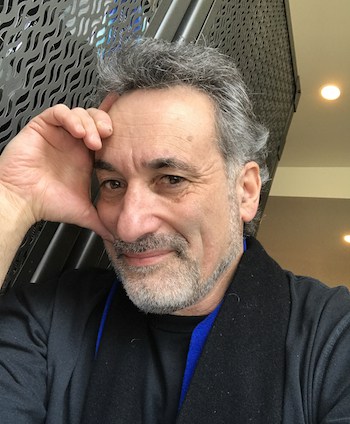I graduated from acupuncture school in 1999. My first week in practice I realized three terrifying things;
- Anything can be anything (in other words, dysfunction in just about any channel or channel combination could be underlying just about any symptom)
- Most of my patients exhibited no less than 12 ‘patterns’ and often more
- At any moment in the clinical encounter, there were 10,000 things happening and at my utmost level of awareness and presence, I could become aware of at most 30-40 of them
Noise and ignorance! Immediate existential despair in the clinic! What do I hang my hat on? I could just needle Liver 3, Large Intestine 4, Spleen 6 on everyone. Surely there is more to this than that. I had just completed a full year of study and apprenticeship in the Kiiko Matsumoto/Nagano system. I am forever grateful for this gift. Thank you Kiiko! That gave me a solid palpatory basis on which to depend. And so I did. In the ensuing 20 years, I have reinforced that palpation-focused system with Nei Jing studies, the works of Wang Ju Yi and many other influences.
I now practice what I would call a ‘shoot first, ask questions later’ style of acupuncture. When a new patient arrives in my clinic, after no more than 5 minutes talking, I have them on the table, palpating them from their toes to their nose. Only after palpating and sometimes only after observing their initial treatment response, do I begin to ask questions more deeply and assemble ideas around what system dysfunctions are likely to be in play.
I have found this to be a tremendously rewarding approach that continues to grow, deepen and evolve in my clinical practice. Most recently in my clinic, a clear resonance between the six conformations and palpation findings has emerged – and I find it places me reliably and effectively well below the level of the ten thousand things, the symptoms, the veneer of things – at a level of complexity integration where I am finding Acupuncture seems to really shine. In this ‘reverse-engineered’ palpate-first-ask-questions-later process, most patients who come to my clinic appreciate almost instantly that I am paying attention to them in a very different way; that we are partnered in a very dynamic mutually engaging process. I almost never have a boring day in clinic – even after 20 years.

